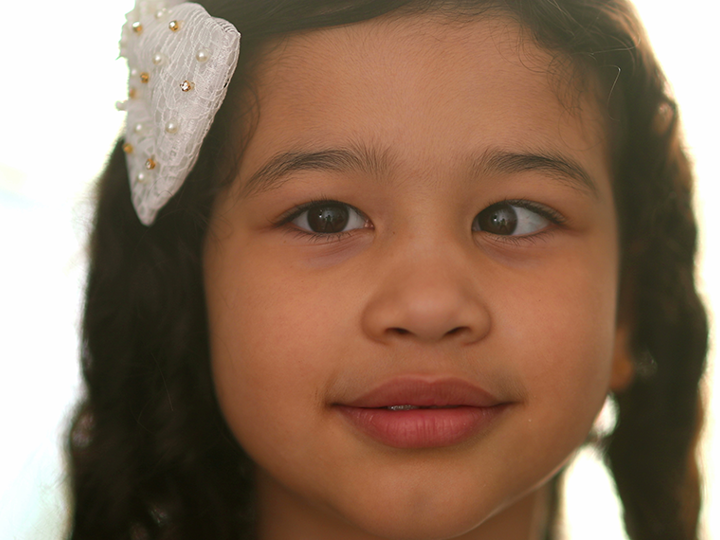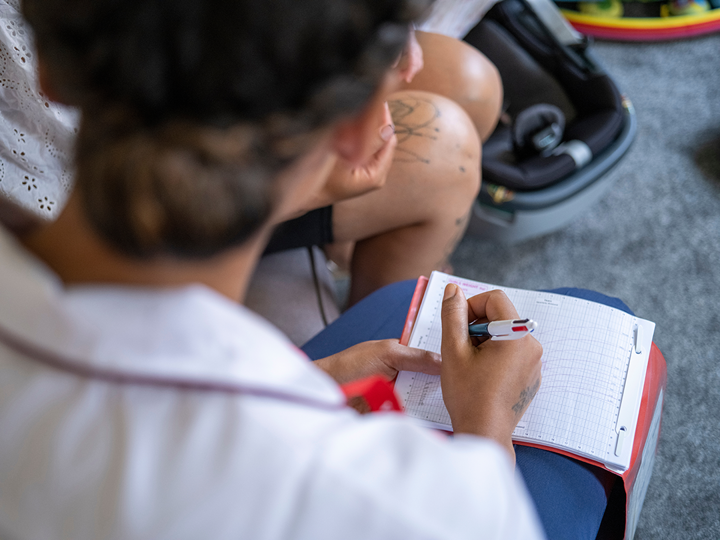Squints
- 0-1 Years
- 1-5 Years
- 5-11 Years
- 11-19 Years
- SEND
- Child development and growing up

Squints are also known as strabismus or being cross-eyed. It is when the eye is not looking in the right direction. This can happen in one or both eyes. The eye can be turning in, out, up or down. Approximately 2 in 25 children and young people will have a squint.
Explore the topics on this page:
The differences between lazy eye and squint
Lazy eyes and squint can often be confused for each other but they are different.
Lazy eye is when one eye is stronger than the other. This means that the brain will only take information from the stronger eye. This just affects vision and can result in loss of vision in the eye if untreated. It does not cause the eye to turn in or out.
Squint is when one or both eyes do not align. The eyes can turn in or out. It can be caused by the muscles that control the eye. It can cause blurred vision, double vision or headaches.
It is possible for children and young people to have:
- a lazy eye without a squint
- a squint without a lazy eye
- a lazy eye with a squint
Types of squint

Treatments for squints
There will be better results the earlier treatment for a squint starts. There are three ways to treat squints. The choice of treatment will depend on the type of squint your child has.
Glasses
The most common treatment for a squint is to wear glasses. Glasses will help correct sight problems and straighten the eye.
Your child will need to be tested by the optometrist to see if glasses are needed.
Eye exercises
Some children's squints respond well to eye exercises. These exercises will help your child improve their control over their eyes and reduce their squint.
Surgery
The surgery will straighten the eye. It will not improve their vision. If your child wears glasses, they will still have to wear them after the surgery. Please be aware surgery is not an option for certain types of squint.
Surgery is necessary if your child or young person's squint is obvious whilst they are wearing glasses. It may also be needed to bring back 3D vision to your child if this has been lost.
Depending on the size of your child's squint, there may be more than one surgery. This is to help straighten the eye. The orthoptist and consultant ophthalmic surgeon (eye surgeon) will be able to give you more details.
Last reviewed: 1 November, 2024

